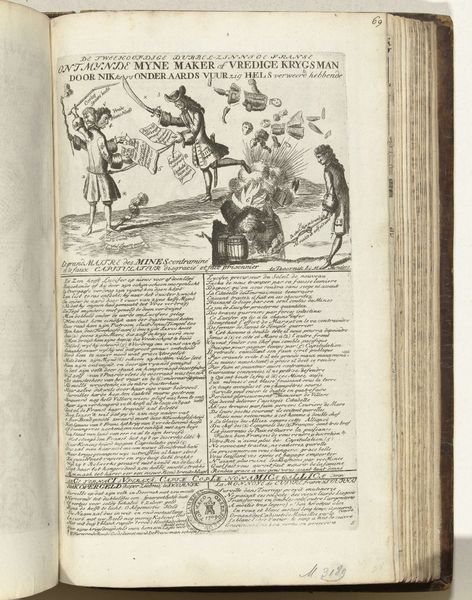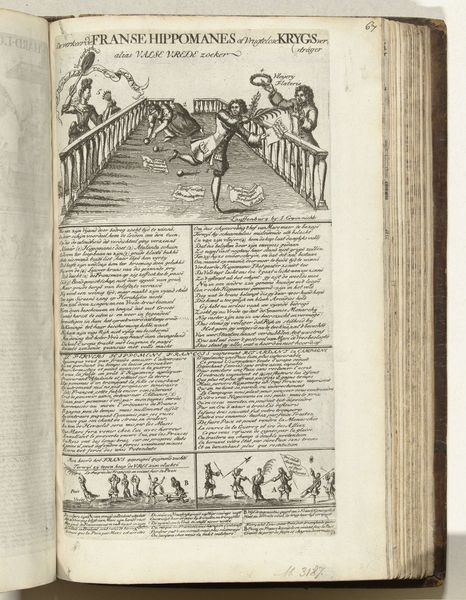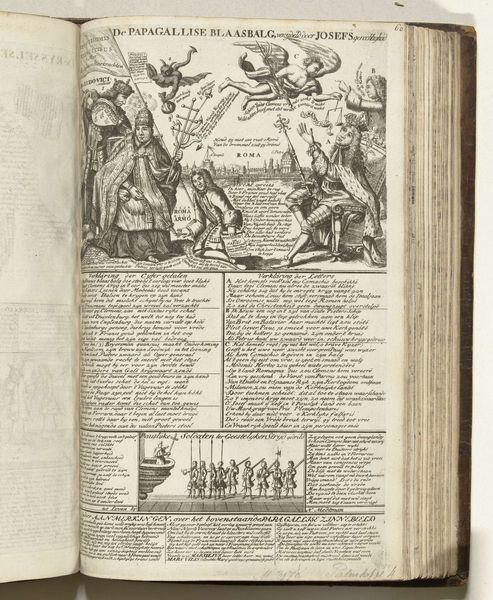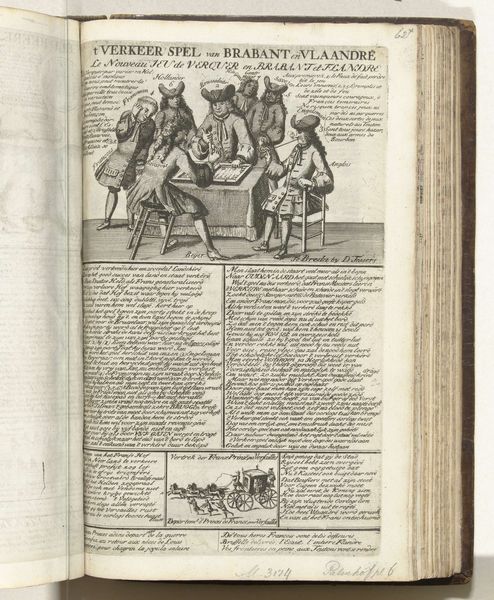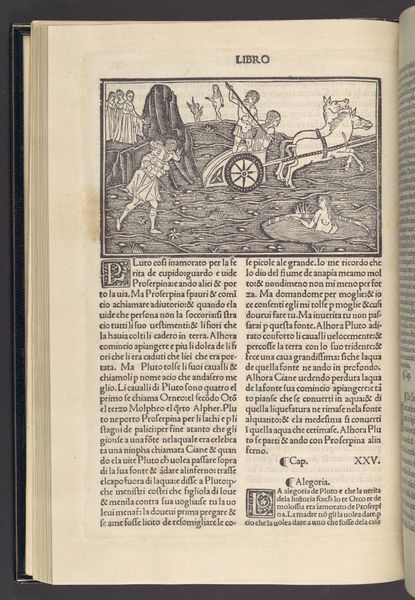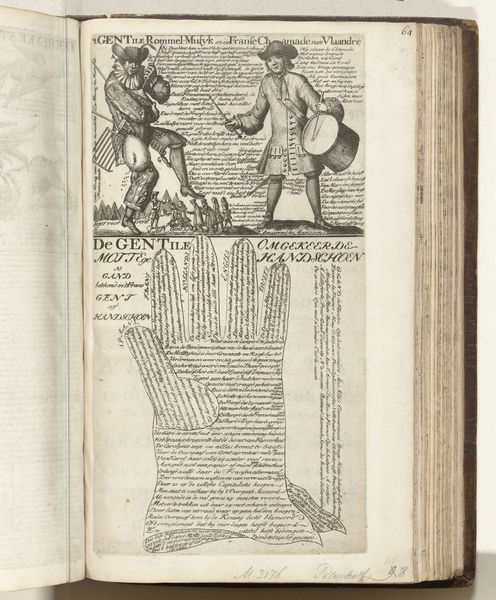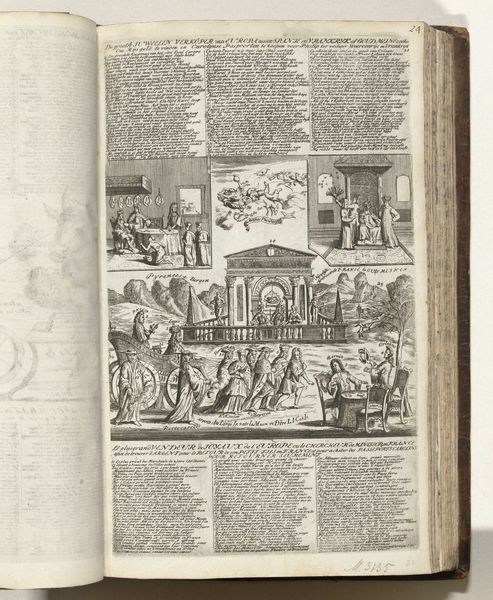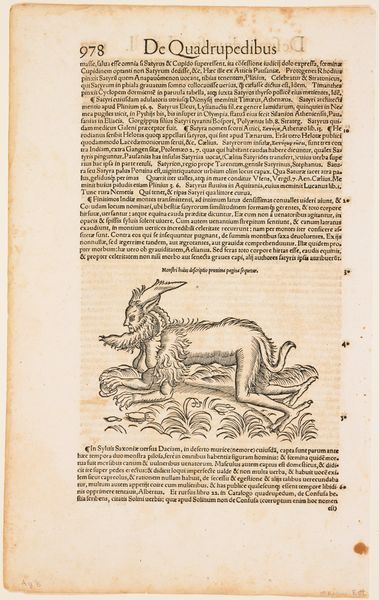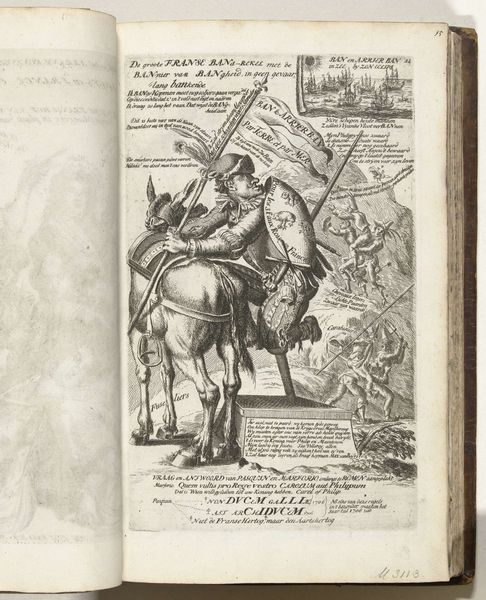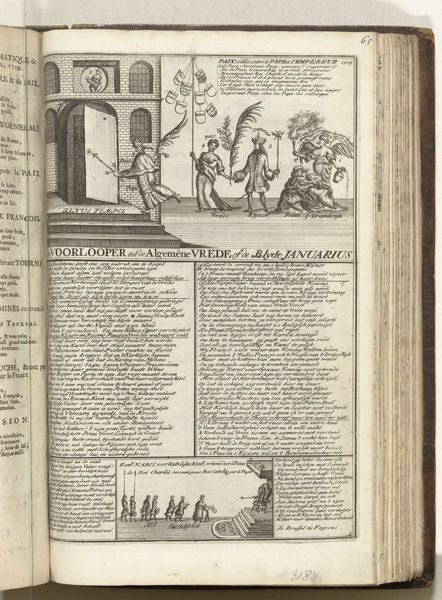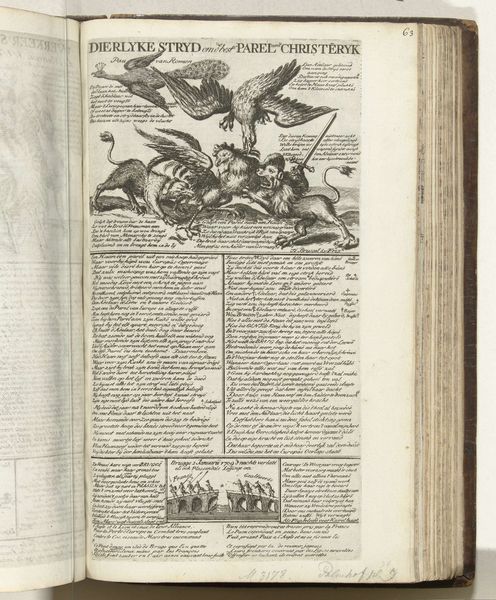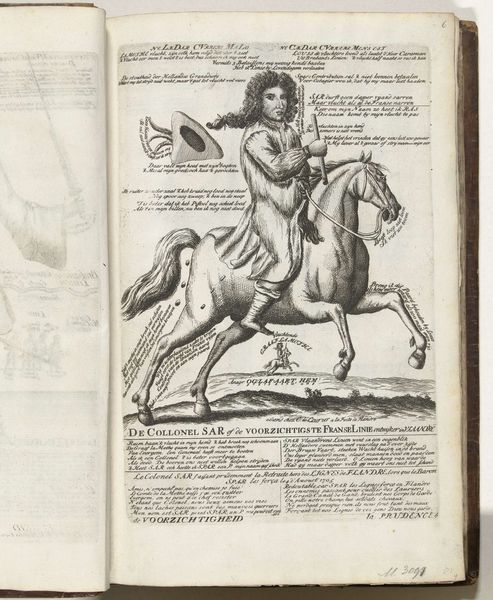
drawing, print, paper, engraving
#
drawing
# print
#
caricature
#
figuration
#
paper
#
line
#
history-painting
#
engraving
Dimensions: height 315 mm, width 200 mm
Copyright: Rijks Museum: Open Domain
Editor: So, here we have a satirical print, titled "Spotprent op de Fransen bij Rijssel, 1708", which roughly translates to "Satirical Print on the French at Rijssel." It was created in 1708 by Carel Allard, and it's an engraving. I’m immediately struck by how detailed and expressive the line work is, even within this small scale. What's your read on it? How does this image speak to its time, historically? Curator: Well, this print gives us a fascinating glimpse into the socio-political climate of the early 18th century. Rijssel, or Lille as we know it now, was a major battleground during the War of the Spanish Succession. What we see here is not just a representation of war, but a potent piece of propaganda. Look closely; what are some of the ways the French are depicted? What emotions or messages are conveyed? Editor: I notice that the French soldiers in the lower frames appear stiff and uncoordinated, and in the main panel the mounted rider on the left seems to be falling apart, pieces flying off his body, unlike the composed rider on the right. Is it suggesting the French army is incompetent and fractured? Curator: Exactly. The artist is employing caricature to undermine the French military’s image. By emphasizing their disarray and juxtaposing it with the apparent order of their enemies, the print serves to bolster morale on the opposing side and potentially influence public opinion against the French. How might the Dutch audience have interpreted this, considering their relationship with France at the time? Editor: Given the ongoing conflict, I imagine it would have resonated deeply, reinforcing a sense of national pride and perhaps even fueling support for the war effort. Curator: Precisely. Prints like these played a crucial role in shaping public perception and galvanizing support for political causes. This piece exemplifies the powerful intersection of art and politics. What do you think? Has your view changed? Editor: Absolutely. I initially saw it as just an interesting historical image. Now, I recognize its vital role as a political tool. Curator: Indeed, understanding the historical context allows us to see beyond the surface and appreciate the print’s significance within the broader cultural narrative of the time.
Comments
No comments
Be the first to comment and join the conversation on the ultimate creative platform.
